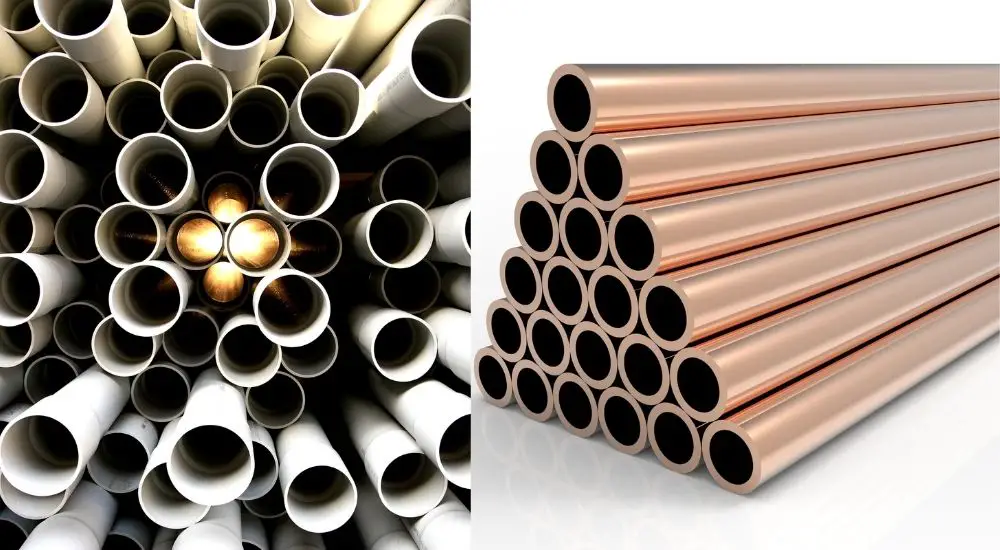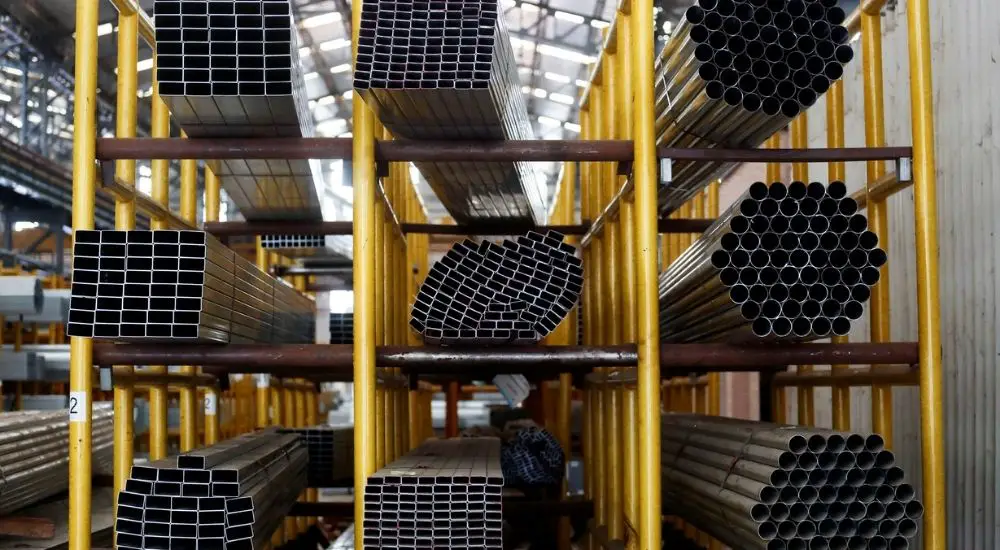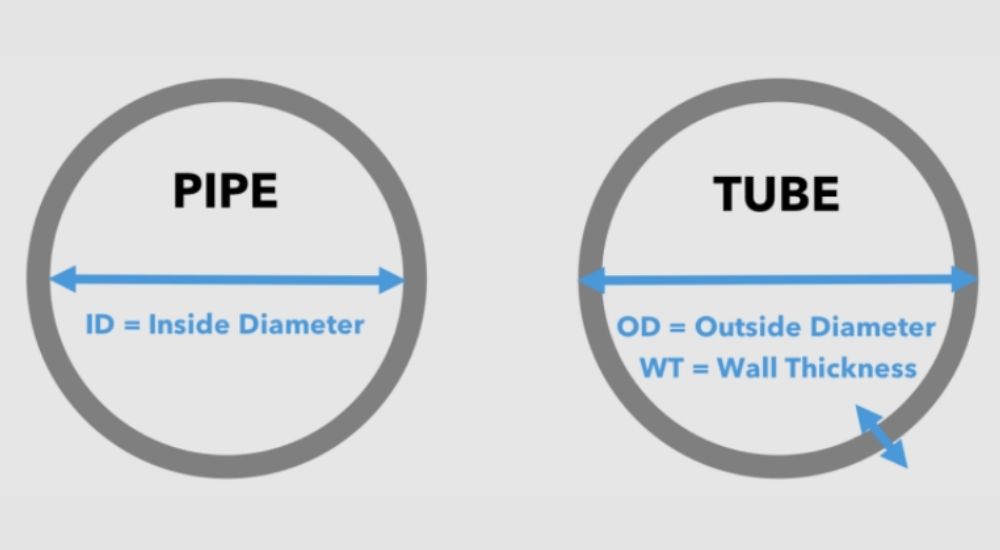
Types of Tubes and Fittings
There are many types of pipe and tube fittings. Some types are internally threaded, while others have an external thread and are called street fittings. Street fittings can be connected with a Teflon tape or with a pipe compound applied to the external thread only. While couplings are used to join two different types of pipes, they’re typically only needed when they’re transferring gas or liquids from one system to another.

Application of Tube
Tubes are used in structural applications, while pipe is used in liquid transport. A pipe’s circular shape makes it a good choice for transporting fluids. Because it’s hollow, it can handle pressure very well. Whether it’s gas or air, there’s a pipe or tube fitting for your needs. You can learn about both types of pipe fittings by watching this video tutorial. You’ll be able to see how they work in action!
How to Purchase?
Pipes and tube fittings are often ordered by their nominal diameter. They are similar to couplings, but can be removed if necessary. A dielectric union is a fitting that is used to connect two pipes of different materials. This type is made of dielectric material, which helps prevent galvanic corrosion. These pipe fittings have a nut and a female and male thread. They are available in copper, chrome-plated brass, and malleable (galvanized or black).
Flange Styles

Flange fittings come in various styles. They’re often chosen in conjunction with the tubing that they’re connecting. They are rated by pressure and temperature. A threaded flange is best for low-to-medium pressures. A welded-on flange is better for higher pressures. Lapped flanges are a popular choice for frequent connections and disconnections. The welded-on flanges are great for preventing leaks.
Capabilities
Different types of pipes and tube fittings have different strengths and weaknesses. For example, pipes are more expensive than tube fittings, and are often used in structural applications. A pipe can be made of any material, but is more costly than a tube. If you need a pipe, you can buy it by the nominal size of the pipes and tube. However, if you need a tube that’s too large or too small, you’ll need a custom-made one.
Cross Fitting
- Cross fittings are also called four-way fittings. These fittings have one inlet and three outlets. They’re usually made from a solvent-welded socket, but are often more fragile than other types. They’re a bit like a four-legged stool, and you can easily break them. The tee and cross are often interchangeable. The tee is a solid, long cylinder that is connected to other pieces of piping with joints.
- The body of a pipe fitting is usually the same as the pipe. Its purpose is to connect two pipes and raise their diameter. Unlike a hose, a pipe fitting has no end. Instead, it enables it to communicate with another hose. While it may be difficult to understand, it’s important to understand the differences between pipe and tube fittings. You’ll need to consult a professional to ensure the safety of the pipes and prevent any leaks or other problems.
- The type of pipe and tube fittings you need depends on your system. Pneumatic and hydraulic systems are the most common types of pipe and tube fittings. The type of system you’re using will determine which type of pipes and tube fittings you’ll need. While the materials used in the plumbing system are usually identical, they have very different physical properties. For example, the type of pipes and tubes will require different wall thicknesses.
- Pipe and tube fittings are often separated by their materials. The two types of pipe and tube are usually selected together based on the requirements of a project, the media used, and the pressure rating. Then, there are pipe fittings and tube fittings with different materials. While they have similar uses, the two are quite different. They are different in their shapes and materials. While metal and plastic pipe have the same physical properties, plastics and flexible tubes are more likely to be compatible.
The different types of pipe and tube fittings are generally classified by their material. Some are flexible and can withstand a wide range of temperatures. Some are made of polyethylene or ABS, which are both durable and lightweight. For plumbing applications, a PVC pipe and tube fitting can be used for hot and cold temperatures, but it is also possible to find a fitting that works with other materials. When choosing a pipe and tube fitting, consider the type of material it will be made of.
